In industries like construction, shipbuilding, oil and gas, and manufacturing, welding is a critical process that ensures strength and durability in structures and equipment. But the quality of a weld can’t always be judged by appearance alone. This is where welding inspection and testing methods come in. By following established procedures, welds are verified for safety, compliance, and long-term performance. Below, we’ll explore why welding inspection is important, the different testing methods, and the standards that guide weld quality assurance.
Why Welding Inspection Is Critical for Structural Integrity
A single defective weld can compromise the safety of an entire structure. Cracks, porosity, lack of fusion, or incomplete penetration can lead to serious failures if left undetected. Welding inspection is critical because it:
- Ensures that welds meet design and engineering specifications.
- Prevents costly rework or catastrophic failures down the line.
- Supports compliance with regulatory and industry codes.
- Extends the service life of structures and components.
From bridges and pipelines to aircraft and pressure vessels, weld integrity is non-negotiable when it comes to public safety and performance reliability.
Types of Welding Inspection: Visual, NDT, and Destructive Testing
Welding inspections generally fall into three categories:
- Visual Inspection (VT): The most basic and cost-effective method. Inspectors check weld appearance, size, and surface discontinuities using gauges, magnifiers, or borescopes. Though limited, visual inspection often detects obvious defects like cracks, undercutting, or misalignment.
- Non-Destructive Testing (NDT): Techniques that examine welds without damaging the material. These methods provide deeper insight into internal or hidden flaws while leaving the weld intact.
- Destructive Testing (DT): Involves physically breaking or cutting test welds to evaluate mechanical properties like strength, toughness, and ductility. While destructive, these tests help verify procedure and welder qualifications.
Common Non-Destructive Testing (NDT) Methods in Welding
1. Radiographic Testing (RT):
Uses X-rays or gamma rays to reveal internal flaws in welds, such as porosity, slag inclusions, or cracks. Produces a permanent radiographic record.
2. Ultrasonic Testing (UT):
High-frequency sound waves are introduced into the weld. Flaws reflect the sound waves back, allowing inspectors to locate discontinuities with high precision.
3. Magnetic Particle Testing (MT):
Applied to ferromagnetic materials. Magnetic fields highlight surface and near-surface flaws as particles cluster around defects.
4. Liquid Penetrant Testing (PT):
A dye or fluorescent liquid is applied to the surface. Capillary action draws the penetrant into cracks, making defects visible under inspection.
5. Eddy Current Testing (ECT):
Uses electromagnetic induction to detect surface and near-surface flaws in conductive materials. Often applied to thin welds or tubing.
Each method has unique advantages and limitations, so NDT inspectors often use multiple techniques to ensure comprehensive analysis.
Standards and Best Practices for Weld Quality Assurance
Weld inspections must follow internationally recognized codes and standards to ensure uniformity and safety. Some of the most widely used include:
- American Welding Society (AWS) Codes – Cover structural steel, pipelines, sheet metal, and more.
- American Society of Mechanical Engineers (ASME) Section IX – Governs boiler and pressure vessel welds.
- ISO Standards (e.g., ISO 3834, ISO 5817) – Provide global guidelines for weld quality and acceptance criteria.
- API (American Petroleum Institute) Standards – Critical for oil, gas, and pipeline applications.
Best practices for weld quality assurance include:
- Training and certification for welding inspectors (e.g., AWS Certified Welding Inspector, CWI).
- Clear documentation of welding procedures and test results.
- Routine inspections at multiple stages: before, during, and after welding.
- Continuous improvement through feedback and corrective actions.
Conclusion
Welding inspection and testing methods play an essential role in safeguarding the integrity of welded structures. From simple visual checks to advanced non-destructive testing, these processes identify defects before they become costly or dangerous. By following established standards and best practices, industries can ensure weld quality, enhance safety, and maintain compliance.
Whether it’s a bridge, pipeline, or pressure vessel, reliable welding inspection is the foundation of structural trust and long-term performance.

